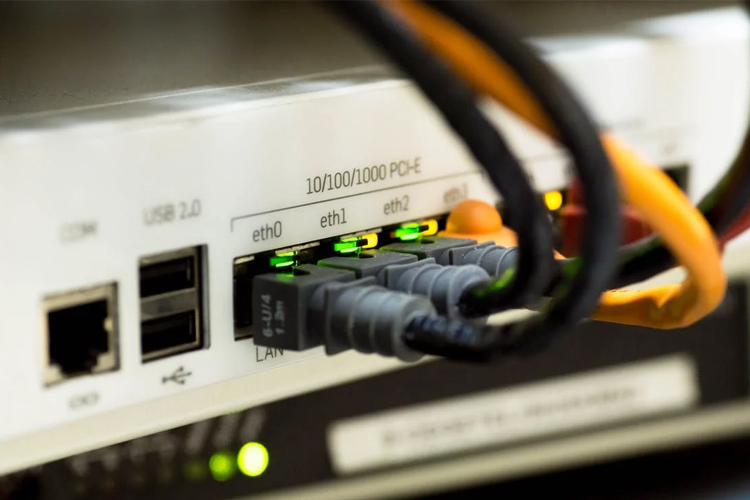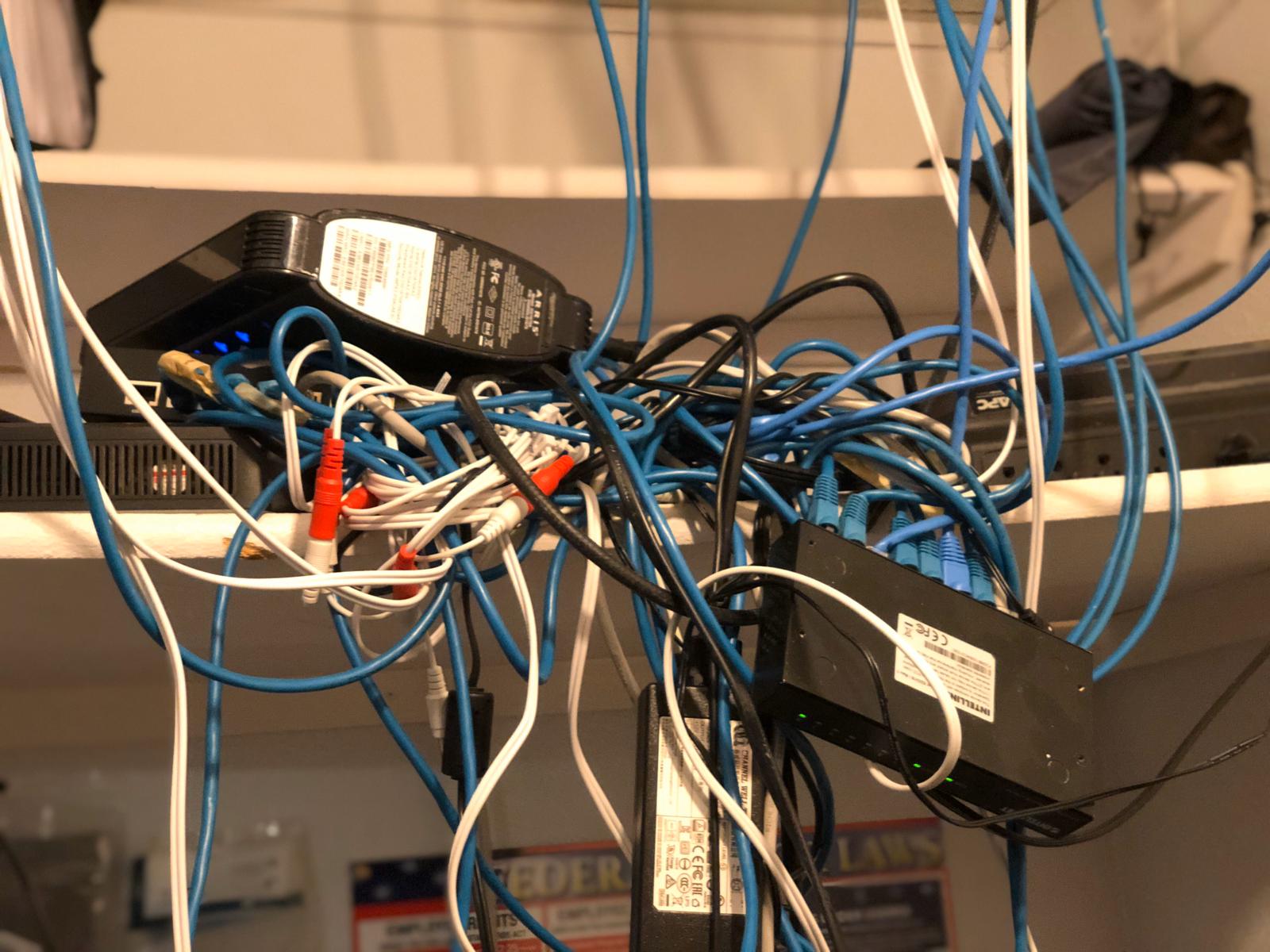Starlink Speeds: What to Expect from Elon Musk's Satellite Internet Service
Starlink pioneers high-speed internet via a constellation of satellites by Elon Musk, revolutionizing internet access worldwide.

Starlink Speeds: What to Expect from Elon Musk's Satellite Internet Service
Ever wondered how far a tweet could travel if it hitched a ride on a satellite?
Imagine a world where the internet zips across the skies, bouncing from metal birds soaring miles above. That's the realm Starlink inhabits, turning the stratosphere into a superhighway of data. With Elon Musk at the helm, this ambitious venture aims to blanket the globe with connectivity, offering a slice of the digital age to every corner, from bustling cities to the most remote locations.
Unveiling Starlink
Starlink emerges as a trailblazer in this high-altitude endeavor, harnessing a constellation of satellites to forge a network unlike any before. With low Earth orbiting (LEO) technologies at its heart, it promises high-speed internet access that eclipses traditional satellite services in both performance and reliability.
As such, Starlink signifies a seismic shift in how we connect, aiming to democratize internet access with unparalleled coverage and rapidly improving speeds.
The Tech Revolutionizing Internet from Space
Satellites in Low Earth Orbit are the backbone of Starlink, ensuring swift internet that spans the globe.
By reducing space-to-Earth latency, Starlink delivers a broadband experience competitive with land-based services.
With an arsenal of advanced satellites, Starlink achieves high-speed connectivity that rivals, and sometimes exceeds, fiber optics, erasing digital divides.
Innovative design and frequency reuse propel these satellites, making high-bandwidth internet accessible in the remotest locations, an upshot of Musk's vision.
Bridging the Global Connectivity Gap
Starlink's innovative network has the potential to connect underserved communities worldwide.
- Infrastructure Independence: Surmounting geographical obstacles with satellite technology.
- Accessibility Enhancement: Offering viable internet solutions in remote and rural areas.
- Speed Equality: Elevating internet speeds to match those available in urban environments.
- Cost Reduction: Lowering barriers to entry with competitive pricing.
- Education and Economy Boosts: Enabling opportunities in distance learning and opening new economic prospects.
This endeavor marks a significant step towards global digital inclusion.
Not only does it promise to shrink the connectivity chasm, but it also aims to kindle socioeconomic advancements on a global scale.
Expectations vs. Reality: Starlink Speeds
Anticipated to revolutionize internet access, Starlink's speeds are projected to rival, if not surpass, terrestrial broadband performance. Yet, real-world tests sometimes reveal a complex narrative.
Users typically expect seamless connectivity, with downloads surging at 100 megabits per second (Mbps) or higher. In reality, speed can fluctuate significantly due to factors like satellite visibility, atmospheric conditions, and network congestion.
The term "high-speed" in satellite context is both relative and evolving, as Starlink continues to refine its constellation for consistency and performance enhancements.
Measuring Up: Downloads and Uploads
Starlink presents itself as a game-changer for remote areas, promising download speeds that can reach up to 200 Mbps.
In the realm of uploads, users have reported speeds that vary widely — generally in the range of 10 to 40 Mbps. It's a leap ahead compared to geostationary satellite offerings, yet there is room for improvement when bench-marked against fiber-optic speeds. Regular enhancements to the Starlink network promise to incrementally increase these numbers, ensuring a more stable and swift internet solution for subscribers.
Latency, often a sore point with traditional satellite services, has seen a marked decrease with Starlink. Thanks to the low Earth orbit (LEO) constellation, users typically experience latency resembling that of terrestrial services, usually between 20 to 40 milliseconds. This positions Starlink as a viable option for activities requiring real-time interaction, such as online gaming or video conferencing.
Ultimately, the upload and download metrics are pivotal to user satisfaction. While download speeds often capture the headlines, it's the balance of both that defines the quality of an internet service. Starlink's continuous updates and satellite launches suggest a steady march towards closing the gap with ground-based internet technology, striving to offer a reliably fast service no matter the location.
Beyond Earthbound Internet: A Comparison
The quest for connectivity has launched us into the cosmos. Starlink challenges traditional internet paradigms by transcending terrestrial limitations to deliver data from space.
For decades, satellite internet was synonymous with sluggish speeds and high latency—a stark contrast to the fiber-optic networks sprawled across urban landscapes. Yet, Starlink breaks the mold, leveraging a constellation of low Earth orbit satellites that drastically reduce the distance signals must travel, edging closer to the responsiveness of ground-based broadband services.
Although Starlink's speeds may not consistently surpass those of top-tier fiber services, they represent a monumental leap over legacy satellite providers. With download rates that can eclipse 100 Mbps and latency figures that rival some cable connections, Starlink is eroding the historic performance chasm that once defined space-based internet access.
Furthermore, as terrestrial providers grapple with the complexities of expanding into underserved regions, Starlink's orbital architecture allows it to blanket those areas with reliable connectivity. This makes it an enticing option for rural dwellers thirsting for speeds once reserved for city-goers, embodying a leap forward in democratizing high-speed internet access globally.
Starlink's Reach: Checking Your Spot on the Map
To envision Starlink's coverage over your domicile, one need only navigate to their website and input your locale. Here, ease meets possibility, as a user-friendly interface unfurls, providing instant feedback on service eligibility based on your precise geography. This real-time mapping is instrumental in bridging the gap between urban centers and remote areas, painting a clear picture of Starlink's expansive footprint.
Coverage eligibility is constantly updated, reflecting Starlink's dynamic expansion. This ensures that potential subscribers receive current information on connectivity prospects. Bookmarking the inquiry page and revisiting periodically could offer a path to high-speed internet as new satellites take their perch in Earth's orbit.
Tracking Current Coverage
Starlink's continuously evolving network can be tracked and visualized with intuitive online tools. These resources remain crucial to understand the real-time growth of service zones and to manage customer expectations about availability.
Keeping an eye on coverage maps is essential for anticipating when Starlink might become a viable option in your area. As the constellation expands, updates on the official Starlink website, along with third-party tracking services, provide valuable insight into upcoming service regions. This monitoring enables future subscribers to prepare for availability and explore the service's potential impact on their internet connectivity needs.
Likewise, social media platforms and forums serve as an informal means to gather user-reported coverage updates. Within these digital spaces, existing customers may share their experiences and signal network expansions, offering a grassroots level of service tracking that complements official sources.
Ultimately, it's beneficial to consult several resources for the most comprehensive view on Starlink's availability. By considering both official updates and community discussions, one gains a multifaceted understanding of service rollout that informs decisions on whether to wait for Starlink or seek alternative high-speed internet solutions.
Starlink's Global Expansion Timeline
Starlink's initiative to deliver internet access has been rolled out in strategic phases.
- 2018: Initial deployment of two test satellites, Tintin A and B.
- February 2020: Operational phase begins with 300 satellites in orbit.
- October 2020: Public beta called "Better Than Nothing Beta" launched in the US and Canada.
- 2021: Coverage expands to include the UK, Australia, and New Zealand.
- Late 2021: Achieves near-global coverage with over 1,700 satellites.
- 2022 Onwards: Continuous launches to augment the satellite constellation and improve service.
Each phase has advanced Starlink closer to worldwide coverage.
Ongoing launches and technological enhancements will further densify the network.
Setting Up Your Satellite Link
Effortlessly aligning with the stars for internet connectivity, the installation of the Starlink kit is a straightforward affair. After the quick assembly of the included tripod, transceiver, and router, you simply choose an open area with a clear view of the sky. The Starlink app then assists in identifying the optimal location for the best signal reception.
Once positioned, the Starlink dish autonomously orientates itself to lock onto the nearest satellite, establishing a high-speed connection. Regular software updates are automatically downloaded, ensuring the system remains at the cutting-edge of satellite communication capabilities.
From Box to Broadband: The Setup
Unpacking the Starlink Kit unveils a sleek, compact array of essential components. With intuitive design, the setup journey starts from unboxing to online in no time.
Positioning is critical; the dish requires a clear, unhindered sky view.
Once powered, the magic begins—Starlink's motors adjust the dish for optimal satellite connection. This automated process ensures precise alignment without the need for a professional installer.
After adjusting to the heavens above, your Starlink is ready to connect devices. You'll be instructed to finalize the setup through the app, which becomes a command center for your new space-age internet. From here, you can monitor signal quality, data usage, and receive support—an elegant portal to the vastness of cyberspace.
The Cost of High-Speed Connectivity
High-speed internet is a valuable commodity today.
As we explore the realm of satellite internet, particularly Starlink, the cost factor becomes a significant part of the equation. Unlike traditional broadband which often has various providers competing in any given area, leading to a range of pricing options, satellite internet services like Starlink occupy a more niche market. Consequently, they can dictate terms on pricing, limited at present by the number of competitors in this high-tech segment.
Starlink's approach to pricing reflects its innovative technology.
The initial outlay for Starlink is - to be frank - not insubstantial. Customers must invest in specialized equipment on top of the monthly subscription fee to maintain this high-speed, low-latency satellite internet connection, which some may find daunting.
Yet the overarching benefits of satellite-based internet connectivity could justify these expenses. Consumers are paying for cutting-edge technology, after all, with the service expected to evolve rapidly throughout 2023 and beyond. Such developments promise to enhance the quality of the connection and potentially introduce more competitive pricing as the market grows.




